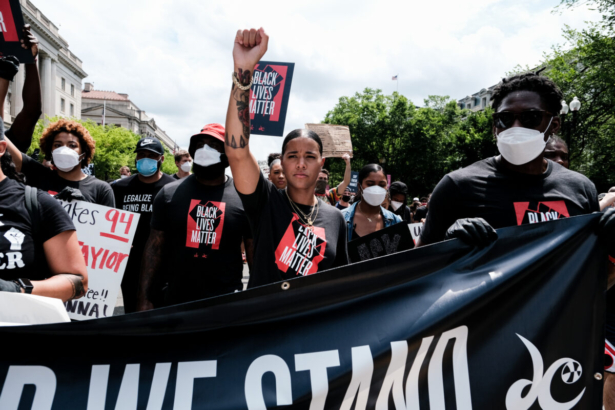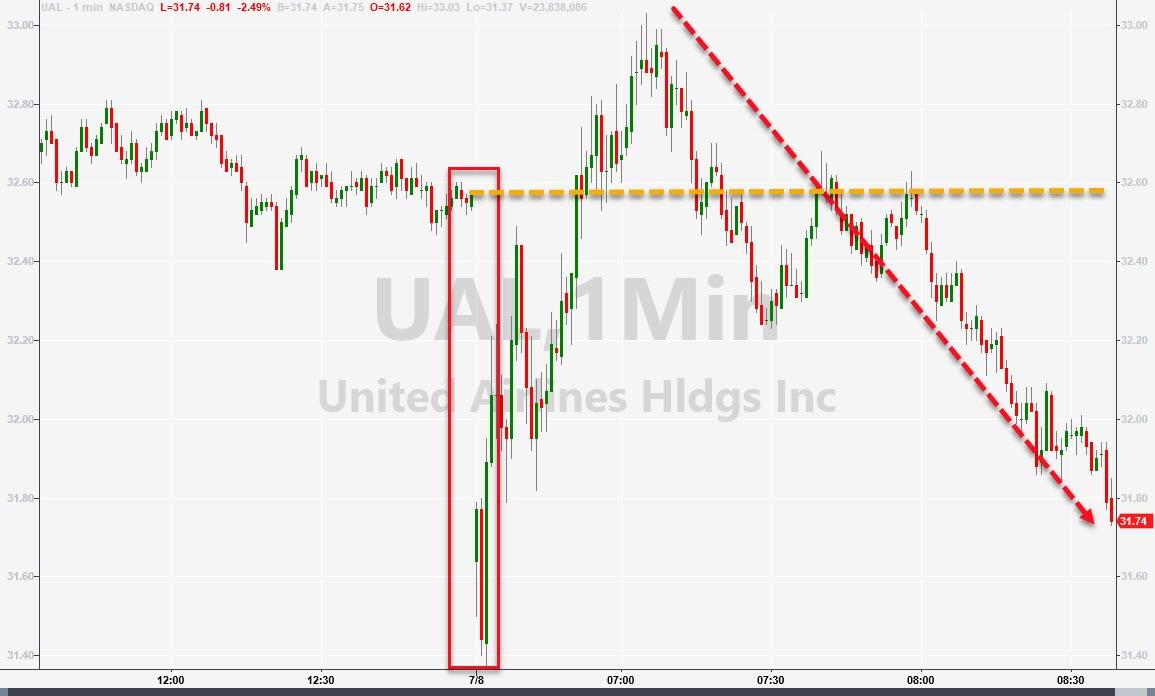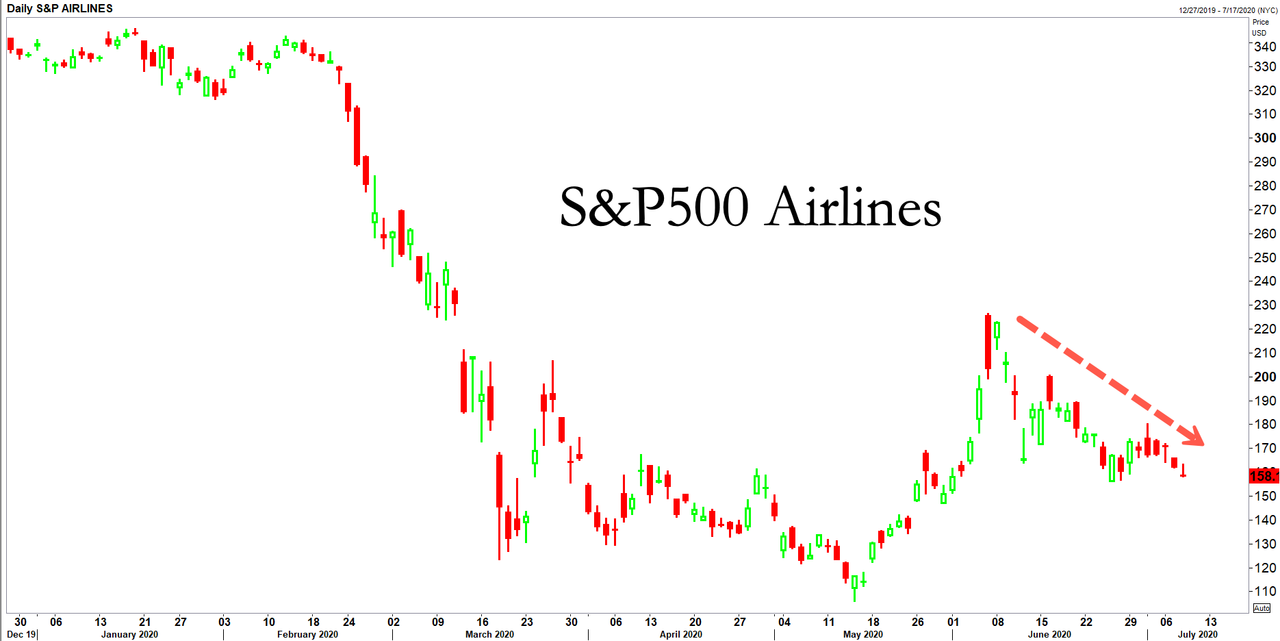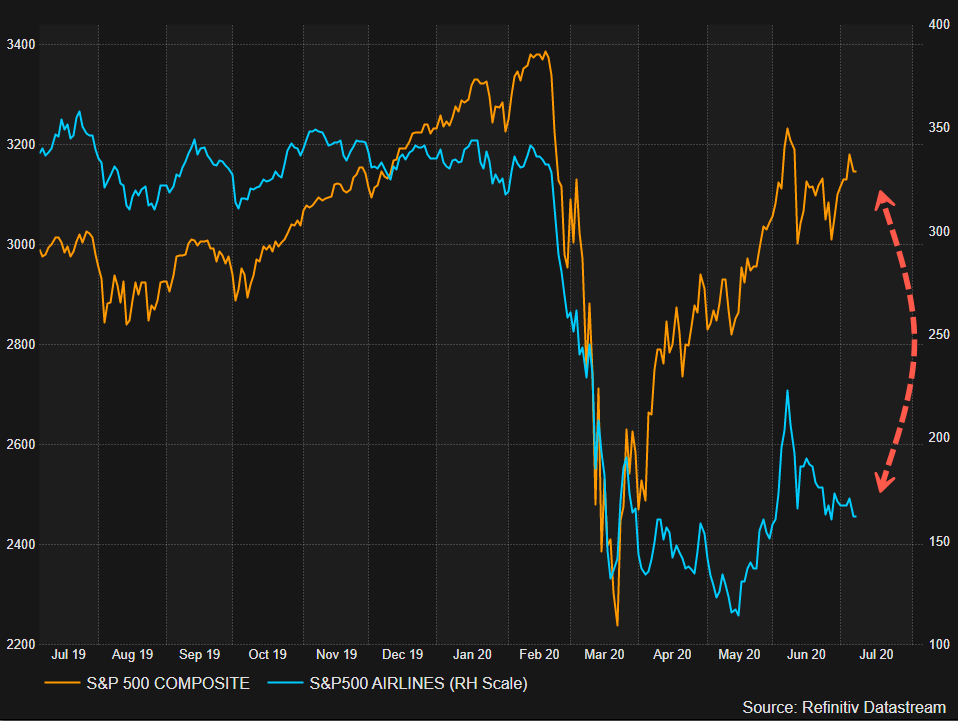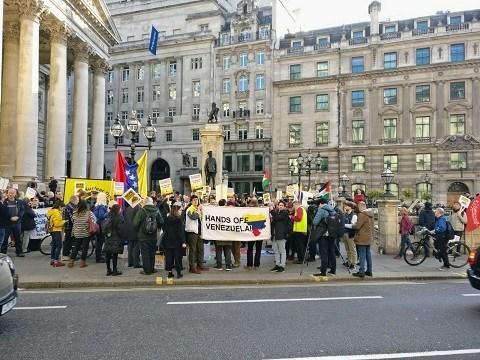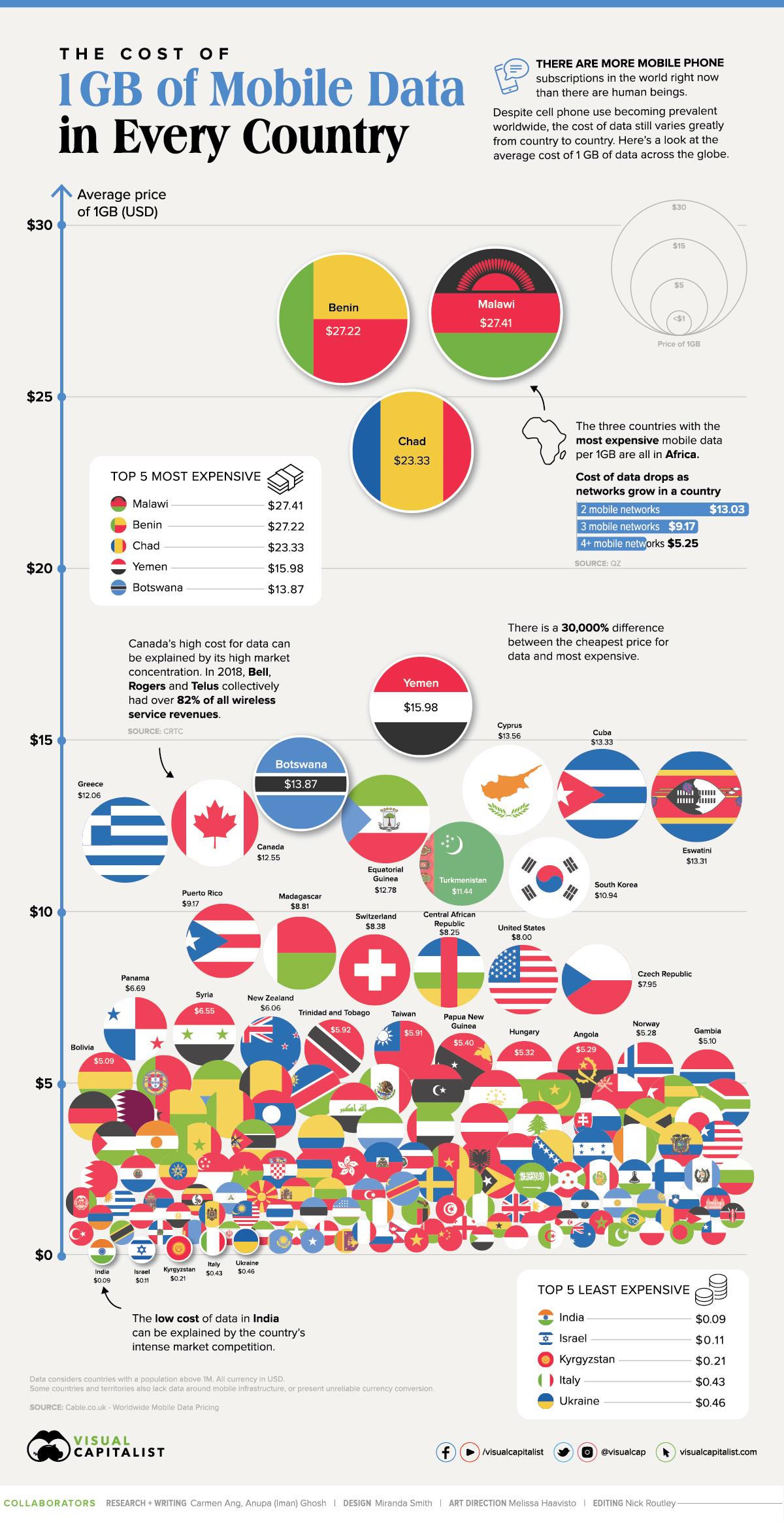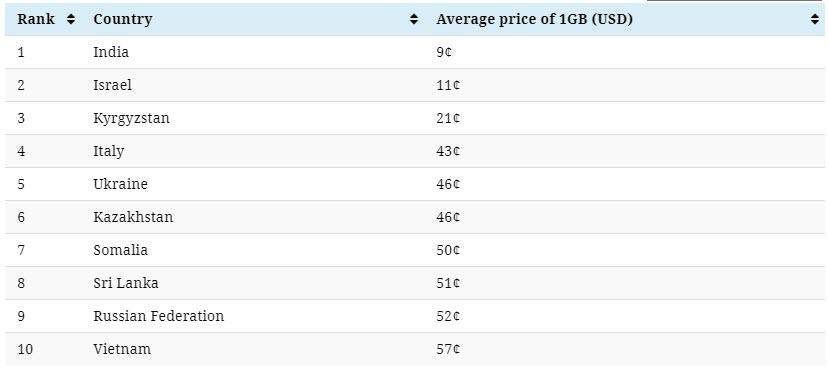What the police really believe
Inside the distinctive, largely unknown ideology of American policing — and how it justifies racist violence.
/cdn.vox-cdn.com/uploads/chorus_image/image/67025127/GettyImages_1224020513.0.jpg)
Arthur Rizer is a former police officer and 21-year veteran of the US Army, where he served as a military policeman. Today, he heads the criminal justice program at the R Street Institute, a center-right think tank in DC. And he wants you to know that American policing is even more broken than you think.
“That whole thing about the bad apple? I hate when people say that,” Rizer tells me. “The bad apple rots the barrel. And until we do something about the rotten barrel, it doesn’t matter how many good fucking apples you put in.”
To illustrate the problem, Rizer tells a story about a time he observed a patrol by some officers in Montgomery, Alabama. They were called in to deal with a woman they knew had mental illness; she was flailing around and had cut someone with a broken plant pick. To subdue her, one of the officers body-slammed her against a door. Hard.
Rizer recalls that Montgomery officers were nervous about being watched during such a violent arrest — until they found out he had once been a cop. They didn’t actually have any problem with what one of them had just done to the woman; in fact, they started laughing about it.
“It’s one thing to use force and violence to affect an arrest. It’s another thing to find it funny,” he tells me. “It’s just pervasive throughout policing. When I was a police officer and doing these kind of ride-alongs [as a researcher], you see the underbelly of it. And it’s ... gross.”
America’s epidemic of police violence is not limited to what’s on the news. For every high-profile story of a police officer killing an unarmed Black person or tear-gassing peaceful protesters, there are many, many allegations of police misconduct you don’t hear about — abuses ranging from excessive use of force to mistreatment of prisoners to planting evidence. African Americans are arrested and roughed up by cops at wildly disproportionate rates, relative to both their overall share of the population and the percentage of crimes they commit.
Something about the way police relate to the communities they’re tasked with protecting has gone wrong. Officers aren’t just regularly treating people badly; a deep dive into the motivations and beliefs of police reveals that too many believe they are justified in doing so.
To understand how the police think about themselves and their job, I interviewed more than a dozen former officers and experts on policing. These sources, ranging from conservatives to police abolitionists, painted a deeply disturbing picture of the internal culture of policing.
:no_upscale()/cdn.vox-cdn.com/uploads/chorus_asset/file/20064750/GettyImages_1223804672.jpg)
Police officers across America have adopted a set of beliefs about their work and its role in our society. The tenets of police ideology are not codified or written down, but are nonetheless widely shared in departments around the country.
The ideology holds that the world is a profoundly dangerous place: Officers are conditioned to see themselves as constantly in danger and that the only way to guarantee survival is to dominate the citizens they’re supposed to protect. The police believe they’re alone in this fight; police ideology holds that officers are under siege by criminals and are not understood or respected by the broader citizenry. These beliefs, combined with widely held racial stereotypes, push officers toward violent and racist behavior during intense and stressful street interactions.
In that sense, police ideology can help us understand the persistence of officer-involved shootings and the recent brutal suppression of peaceful protests. In a culture where Black people are stereotyped as more threatening, Black communities are terrorized by aggressive policing, with officers acting less like community protectors and more like an occupying army.
The beliefs that define police ideology are neither universally shared among officers nor evenly distributed across departments. There are more than 600,000 local police officers across the country and more than 12,000 local police agencies. The officer corps has gotten more diverse over the years, with women, people of color, and LGBTQ officers making up a growing share of the profession. Speaking about such a group in blanket terms would do a disservice to the many officers who try to serve with care and kindness.
However, the officer corps remains overwhelmingly white, male, and straight. Federal Election Commission data from the 2020 cycle suggests that police heavily favor Republicans. And it is indisputable that there are commonly held beliefs among officers.
“The fact that not every department is the same doesn’t undermine the point that there are common factors that people can reasonably identify as a police culture,” says Tracey Meares, the founding director of Yale University’s Justice Collaboratory.
The danger imperative
In 1998, Georgia sheriff’s deputy Kyle Dinkheller pulled over a middle-aged white man named Andrew Howard Brannan for speeding. Brannan, a Vietnam veteran with PTSD, refused to comply with Dinkheller’s instructions. He got out of the car and started dancing in the middle of the road, singing “Here I am, shoot me” over and over again.
In the encounter, recorded by the deputy’s dashcam, things then escalate: Brannan charges at Dinkheller; Dinkheller tells him to “get back.” Brannan heads back to the car — only to reemerge with a rifle pointed at Dinkheller. The officer fires first, and misses; Brannan shoots back. In the ensuing firefight, both men are wounded, but Dinkheller far more severely. It ends with Brannan standing over Dinkheller, pointing the rifle at the deputy’s eye. He yells — “Die, fucker!” — and pulls the trigger.
The dashcam footage of Dinkheller’s killing, widely known among cops as the “Dinkheller video,” is burned into the minds of many American police officers. It is screened in police academies around the country; one training turns it into a video game-style simulation in which officers can change the ending by killing Brannan. Jeronimo Yanez, the officer who killed Philando Castile during a 2016 traffic stop, was shown the Dinkheller video during his training.
“Every cop knows the name ‘Dinkheller’ — and no one else does,” says Peter Moskos, a former Baltimore police officer who currently teaches at the John Jay College of Criminal Justice.
The purpose of the Dinkheller video, and many others like it shown at police academies, is to teach officers that any situation could escalate to violence. Cop killers lurk around every corner.
It’s true that policing is a relatively dangerous job. But contrary to the impression the Dinkheller video might give trainees, murders of police are not the omnipresent threat they are made out to be. The number of police killings across the country has been falling for decades; there’s been a 90 percent drop in ambush killings of officers since 1970. According to Bureau of Labor Statistics data, about 13 per 100,000 police officers died on the job in 2017. Compare that to farmers (24 deaths per 100,000), truck drivers (26.9 per 100,000), and trash collectors (34.9 per 100,000). But police academies and field training officers hammer home the risk of violent death to officers again and again.
It’s not just training and socialization, though: The very nature of the job reinforces the sense of fear and threat. Law enforcement isn’t called to people’s homes and streets when things are going well. Officers constantly find themselves thrown into situations where a seemingly normal interaction has gone haywire — a marital argument devolving into domestic violence, for example.
“For them, any scene can turn into a potential danger,” says Eugene Paoline III, a criminologist at the University of Central Florida. “They’re taught, through their experiences, that very routine events can go bad.”
Michael Sierra-Arévalo, a professor at UT-Austin, calls the police obsession with violent death “the danger imperative.” After conducting 1,000 hours of fieldwork and interviews with 94 police officers, he found that the risk of violent death occupies an extraordinary amount of mental space for many officers — far more so than it should, given the objective risks.
Here’s what I mean: According to the past 20 years of FBI data on officer fatalities, 1,001 officers have been killed by firearms while 760 have died in car crashes. For this reason, police officers are, like the rest of us, required to wear seat belts at all times.
In reality, many choose not to wear them even when speeding through city streets. Sierra-Arévalo rode along with one police officer, whom he calls officer Doyle, during a car chase where Doyle was going around 100 miles per hour — and still not wearing a seat belt. Sierra-Arévalo asked him why he did things like this. Here’s what Doyle said:
Despite the fact that fatal car accidents are a risk for police, officers like Doyle prioritize their ability to respond to one specific shooting scenario over the clear and consistent benefits of wearing a seat belt.
“Knowing officers consistently claim safety is their primary concern, multiple drivers not wearing a seatbelt and speeding towards the same call should be interpreted as an unacceptable danger; it is not,” Sierra-Arévalo writes. “The danger imperative — the preoccupation with violence and the provision of officer safety — contributes to officer behaviors that, though perceived as keeping them safe, in fact put them in great physical danger.”
This outsized attention to violence doesn’t just make officers a threat to themselves. It’s also part of what makes them a threat to citizens.
Because officers are hyper-attuned to the risks of attacks, they tend to believe that they must always be prepared to use force against them — sometimes even disproportionate force. Many officers believe that, if they are humiliated or undermined by a civilian, that civilian might be more willing to physically threaten them.
Scholars of policing call this concept “maintaining the edge,” and it’s a vital reason why officers seem so willing to employ force that appears obviously excessive when captured by body cams and cellphones.
“To let down that edge is perceived as inviting chaos, and thus danger,” Moskos says.
This mindset helps explain why so many instances of police violence — like George Floyd’s killing by officer Derek Chauvin in Minneapolis — happen during struggles related to arrest.
In these situations, the officers aren’t always threatened with a deadly weapon: Floyd, for example, was unarmed. But when the officer decides the suspect is disrespecting them or resisting their commands, they feel the need to use force to reestablish the edge.
They need to make the suspect submit to their authority.
A siege mentality
Police officers today tend to see themselves as engaged in a lonely, armed struggle against the criminal element. They are judged by their effectiveness at that task, measured by internal data such as arrest numbers and crime rates in the areas they patrol. Officers believe these efforts are underappreciated by the general public; according to a 2017 Pew report, 86 percent of police believe the public doesn’t really understand the “risks and challenges” involved in their job.
Rizer, the former officer and R Street researcher, recently conducted a separate large-scale survey of American police officers. One of the questions he asked was whether they would want their children to become police officers. A majority, around 60 percent, said no — for reasons that, in Rizer’s words, “blew me away.”
“The vast majority of people that said ‘no, I don’t want them to become a police officer’ was because they felt like the public no longer supported them — and that they were ‘at war’ with the public,” he tells me. “There’s a ‘me versus them’ kind of worldview, that we’re not part of this community that we’re patrolling.”
You can see this mentality on display in the widespread police adoption of an emblem called the “thin blue line.” In one version of the symbol, two black rectangles are separated by a dark blue horizontal line. The rectangles represent the public and criminals, respectively; the blue line separating them is the police.
In another, the blue line replaces the central white stripe in a black-and-white American flag, separating the stars from the stripes below. During the recent anti-police violence protests in Cincinnati, Ohio, officers raised this modified banner outside their station.
:no_upscale()/cdn.vox-cdn.com/uploads/chorus_asset/file/20064827/GettyImages_1223286806.jpg)
In the “thin blue line” mindset, loyalty to the badge is paramount; reporting excessive force or the use of racial slurs by a colleague is an act of treason. This emphasis on loyalty can create conditions for abuses, even systematic ones, to take place: Officers at one station in Chicago, Illinois, tortured at least 125 Black suspects between 1972 and 1991. These crimes were uncovered by the dogged work of an investigative journalist rather than a police whistleblower.
“Officers, when they get wind that something might be wrong, either participate in it themselves when they’re commanded to — or they actively ignore it, find ways to look the other way,” says Laurence Ralph, a Princeton professor and the author of The Torture Letters, a recent book on the abuses in Chicago.
This insularity and siege mentality is not universal among American police. Worldviews vary from person to person and department to department; many officers are decent people who work hard to get to know citizens and address their concerns.
But it is powerful enough, experts say, to distort departments across the country. It has seriously undermined some recent efforts to reorient the police toward working more closely with local communities, generally pushing departments away from deep engagement with citizens and toward a more militarized and aggressive model.
“The police have been in the midst of an epic ideological battle. It’s been taking place ever since the supposed community policing revolution started back in the 1980s,” says Peter Kraska, a professor at Eastern Kentucky University’s School of Justice Studies. “In the last 10 to 15 years, the more toxic elements have been far more influential.”
Since the George Floyd protests began, police have tear-gassed protesters in 100 different US cities. This is not an accident or the result of behaviors by a few bad apples. Instead, it reflects the fact that officers see themselves as at war — and the protesters as the enemies.
A 2017 study by Heidi Reynolds-Stenson, a sociologist at Colorado State University-Pueblo, examined data on 7,000 protests from 1960 to 1995. She found that “police are much more likely to try to quell protests that criticize police conduct.”
“Recent scholarship argues that, over the last twenty years, protest policing [has gotten] more aggressive and less impartial,” Reynolds-Stenson concludes. “The pattern of disproportionate repression of police brutality protests found in this study may be even more pronounced today.”
There’s a reason that, after New York Police Department Lt. Robert Cattani kneeled alongside Black Lives Matter protesters on May 31, he sent an email to his precinct apologizing for the “horrible decision to give into a crowd of protesters’ demands.” In his mind, the decision to work with the crowd amounted to collaboration with the enemy.
“The cop in me,” Cattani wrote, “wants to kick my own ass.”
Anti-Blackness
Policing in the United States has always been bound up with the color line. In the South, police departments emerged out of 18th century slave patrols — bands of men working to discipline slaves, facilitate their transfer between plantations, and catch runaways. In the North, professional police departments came about as a response to a series of mid-19th century urban upheavals — many of which, like the 1834 New York anti-abolition riot, had their origins in racial strife.
While policing has changed dramatically since then, there’s clear evidence of continued structural racism in American policing. The Washington Post’s Radley Balko has compiled an extensive list of academic studies documenting this fact, covering everything from traffic stops to use of deadly force. Research has confirmed that this is a nationwide problem, involving a significant percentage of officers.
When talking about race in policing and the way it relates to police ideology, there are two related phenomena to think about.
The first is overt racism. In some police departments, the culture permits a minority of racists on the force to commit brutal acts of racial violence with impunity.
Examples of explicit racism abound in police officer conduct. The following three incidents were reported in the past month alone:
- In leaked audio, Wilmington, North Carolina, officer Kevin Piner said, “we are just going to go out and start slaughtering [Blacks],” adding that he “can’t wait” for a new civil war so whites could “wipe them off the fucking map.” Piner was dismissed from the force, as were two other officers involved in the conversation.
- Joey Lawn, a 10-year veteran of the Meridian, Mississippi, force, was fired for using an unspecified racial slur against a Black colleague during a 2018 exercise. Lawn’s boss, John Griffith, was demoted from captain to lieutenant for failing to punish Lawn at the time.
- Four officers in San Jose, California, were put on administrative leave amid an investigation into their membership in a secret Facebook group. In a public post, officer Mark Pimentel wrote that “black lives don’t really matter”; in another private one, retired officer Michael Nagel wrote about female Muslim prisoners: “i say we repurpose the hijabs into nooses.”
In all of these cases, superiors punished officers for their offensive comments and actions — but only after they came to light. It’s safe to say a lot more go unreported.
Last April, a human resources manager in San Francisco’s city government quit after spending two years conducting anti-bias training for the city’s police force. In an exit email sent to his boss and the city’s police chief, he wrote that “the degree of anti-black sentiment throughout SFPD is extreme,” adding that “while there are some at SFPD who possess somewhat of a balanced view of racism and anti-blackness, there are an equal number (if not more) — who possess and exude deeply rooted anti-black sentiments.”
Psychological research suggests that white officers are disproportionately likely to demonstrate a personality trait called “social dominance orientation.” Individuals with high levels of this trait tend to believe that existing social hierarchies are not only necessary, but morally justified — that inequalities reflect the way that things actually should be. The concept was originally formulated in the 1990s as a way of explaining why some people are more likely to accept what a group of researchers termed “ideologies that promote or maintain group inequality,” including “the ideology of anti-Black racism.”
:no_upscale()/cdn.vox-cdn.com/uploads/chorus_asset/file/20064923/GettyImages_1217563708.jpg)
This helps us understand why some officers are more likely to use force against Black suspects, even unarmed ones. Phillip Atiba Goff, a psychologist at John Jay and the CEO of the Center for Policing Equity think tank, has done forthcoming research on the distribution of social dominance orientation among officers in three different cities. Goff and his co-authors found that white officers who score very highly in this trait tend to use force more frequently than those who don’t.
“If you think the social hierarchy is good, then maybe you’re more willing to use violence from the state’s perspective to enforce that hierarchy — and you think that’s your job,” he tells me.
But while the problem of overt racism and explicit commitment to racial hierarchy is a serious one, it’s not necessarily the central problem in modern policing.
The second manifestation of anti-Blackness is more subtle. The very nature of policing, in which officers perform a dizzying array of stressful tasks for long hours, brings out the worst in people. The psychological stressors combine with police ideology and widespread cultural stereotypes to push officers, even ones who don’t hold overtly racist beliefs, to treat Black people as more suspect and more dangerous. It’s not just the officers who are the problem; it’s the society they come from, and the things that society asks them to do.
While overt racists may be overrepresented on police forces, the average white officer’s beliefs are not all that different from those of the average white person in their local community. According to Goff, tests of racial bias reveal somewhat higher rates of prejudice among officers than the general population, but the effect size tends to be swamped by demographic and regional effects.
“If you live in a racist city, that’s going to matter more for how racist your law enforcement is ... than looking at the difference between law enforcement and your neighbors,” he told me.
In this sense, the rising diversity of America’s officer corps should make a real difference. If you draw from a demographically different pool of recruits, one with overall lower levels of racial bias, then there should be less of a problem with racism on the force.
There’s some data to back this up. Pew’s 2017 survey of officers found that Black officers and female officers were considerably more sympathetic to anti-police brutality protesters than white ones. A 2016 paper on officer-involved killings of Black people, from Yale’s Joscha Legewie and Columbia’s Jeffrey Fagan, found that departments with a larger percentage of Black officers had lower rates of killings of Black people.
But scholars caution that diversity will not, on its own, solve policing’s problems. In Pew’s survey, 60 percent of Hispanic and white officers said their departments had “excellent” or “good” relations with the local Black community, while only 32 percent of Black officers said the same. The hierarchy of policing remains extremely white — across cities, departmental brass and police unions tend to be disproportionately white relative to the rank-and-file. And the existing culture in many departments pushes nonwhite officers to try and fit in with what’s been established by the white hierarchy.
“We have seen that officers of color actually face increased pressure to fit into the existing culture of policing and may go out of their way to align themselves with traditional police tactics,” says Shannon Portillo, a scholar of bureaucratic culture at the University of Kansas-Edwards.
There’s a deeper problem than mere representation. The very nature of policing, both police ideology and the nuts-and-bolts nature of the job, can bring out the worst in people — especially when it comes to deep-seated racial prejudices and stereotypes.
The intersection of commonly held stereotypes with police ideology can prime officers for abusive behavior, especially when they’re patrolling majority-Black neighborhoods where residents have long-standing grievances against the cops. Some kind of incident with a Black citizen is certain to set off a confrontation; officers will eventually feel the need to escalate well beyond what seems necessary or even acceptable from the outside to protect themselves.
“The drug dealer — if he says ‘fuck you’ one day, it’s like getting punked on the playground. You have to go through that every day,” says Moskos, the former Baltimore officer. “You’re not allowed to get punked as a cop, not just because of your ego but because of the danger of it.”
The problems with ideology and prejudice are dramatically intensified by the demanding nature of the policing profession. Officers work a difficult job for long hours, called upon to handle responsibilities ranging from mental health intervention to spousal dispute resolution. While on shift, they are constantly anxious, searching for the next threat or potential arrest.
Stress gets to them even off the job; PTSD and marital strife are common problems. It’s a kind of negative feedback loop: The job makes them stressed and nervous, which damages their mental health and personal relationships, which raises their overall level of stress and makes the job even more taxing.
According to Goff, it’s hard to overstate how much more likely people are to be racist under these circumstances. When you put people under stress, they tend to make snap judgments rooted in their basic instincts. For police officers, raised in a racist society and socialized in a violent work atmosphere, that makes racist behavior inevitable.
“The mission and practice of policing is not aligned with what we know about how to keep people from acting on the kinds of implicit biases and mental shortcuts,” he says. “You could design a job where that’s not how it works. We have not chosen to do that for policing.”
Across the United States, we have created a system that makes disproportionate police targeting of Black citizens an inevitability. Officers don’t need to be especially racist as compared to the general population for discrimination to recur over and over; it’s the nature of the police profession, the beliefs that permeate it, and the situations in which officers find themselves that lead them to act in racist ways.
This reality helps us understand why the current protests have been so forceful: they are an expression of long-held rage against an institution that Black communities experience less as a protection force and more as a sort of military occupation.
:no_upscale()/cdn.vox-cdn.com/uploads/chorus_asset/file/20064892/GettyImages_1223804665.jpg)
In one landmark project, a team including Yale’s Meares and Hopkins’s Vesla Weaver facilitated more than 850 conversations about policing among residents of six different cities, finding a pervasive sense of police lawlessness among residents of highly policed Black communities.
Residents believe that police see them as subhuman or animal, that interactions with officers invariably end with arrests and/or physical assaults, and that the Constitution’s protections against police abuse don’t apply to Black people.
“[It’s often said that] if you don’t have anything on you, just agree to a search and everything will be okay. Let me tell you, that’s not what happens,” Weaver tells me, summarizing the beliefs of her research subjects. “What actually happens is that you’re bound to get beat up, you’re bound to get dragged to the station. The police can search you for whatever. We don’t get due process, we don’t get restitution — this is what we live by.”
Police don’t treat whole communities like this because they’re born worse or more evil than civilians. It’s better to understand the majority of officers as ordinary Americans who are thrown into a system that conditions them to be violent and to treat Black people, in particular, as the enemy. While some departments are better than others at ameliorating this problem, there’s not a city in the country that appears to have solved it entirely.
Rizer summarizes the problem by telling me about one new officer’s experience in Baltimore.
“This was a great young man,” Rizer says. “He joined the Baltimore Police Department because he wanted to make a difference.”
Six months after this man graduated from the academy, Rizer checked in on him to see how he was doing. It wasn’t good.
“They’re animals. All of them,” Rizer recalls the young officer telling him. “The cops, the people I patrol, everybody. They’re just fucking animals.”
This man was, in Rizer’s mind, “the embodiment of what a good police officer should have been.” Some time after their conversation, he quit the force — pushed out by a system that takes people in and breaks them, on both sides of the law.
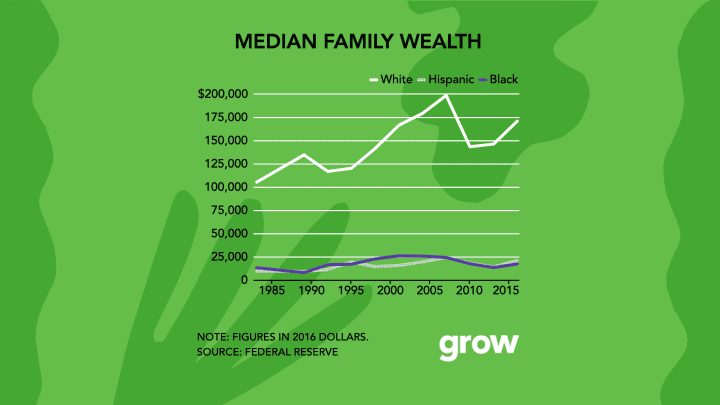



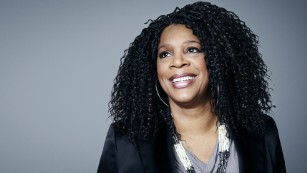
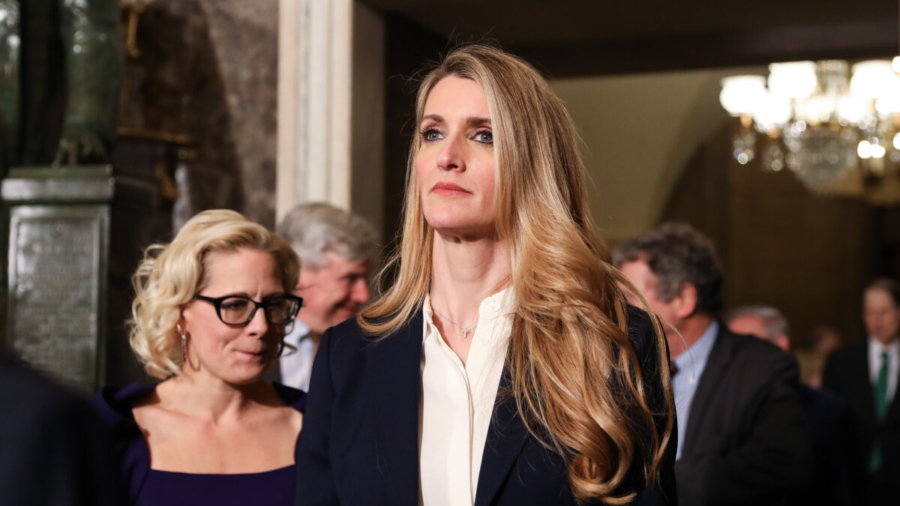
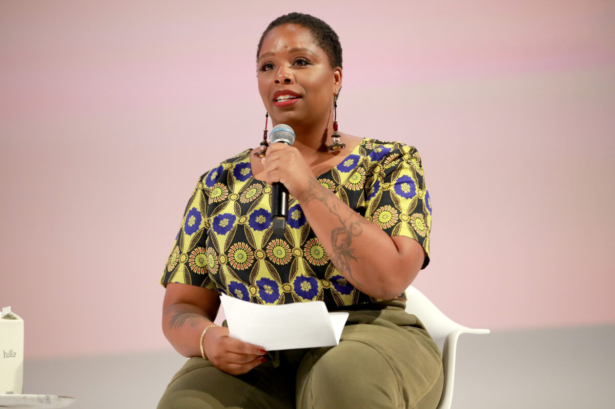 Patrisse Cullors, a co-founder of Black Lives Matter, speaks in Los Angeles, Calif., in a file photograph. (Rich Fury/Getty Images for Teen Vogue)
Patrisse Cullors, a co-founder of Black Lives Matter, speaks in Los Angeles, Calif., in a file photograph. (Rich Fury/Getty Images for Teen Vogue)